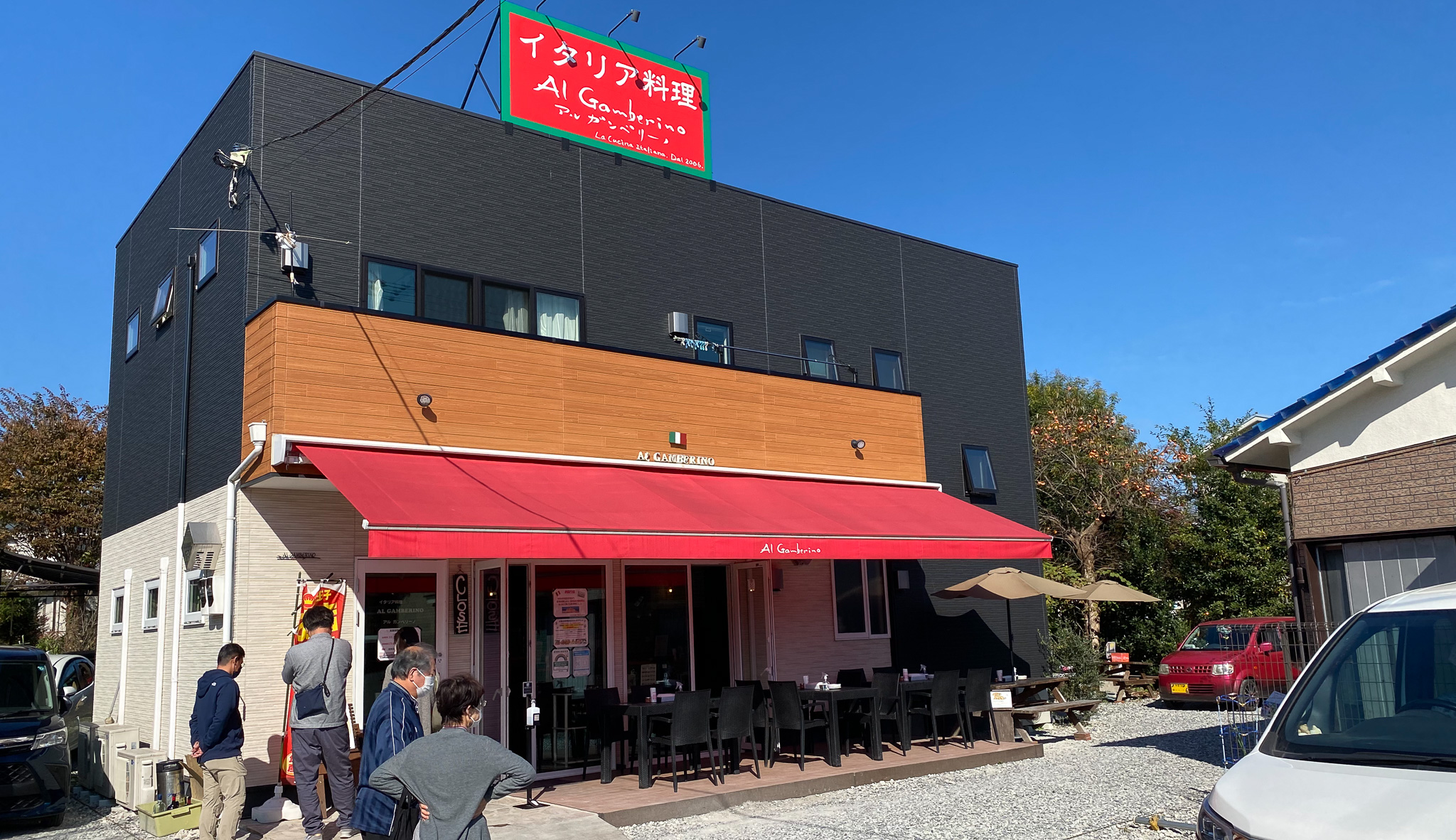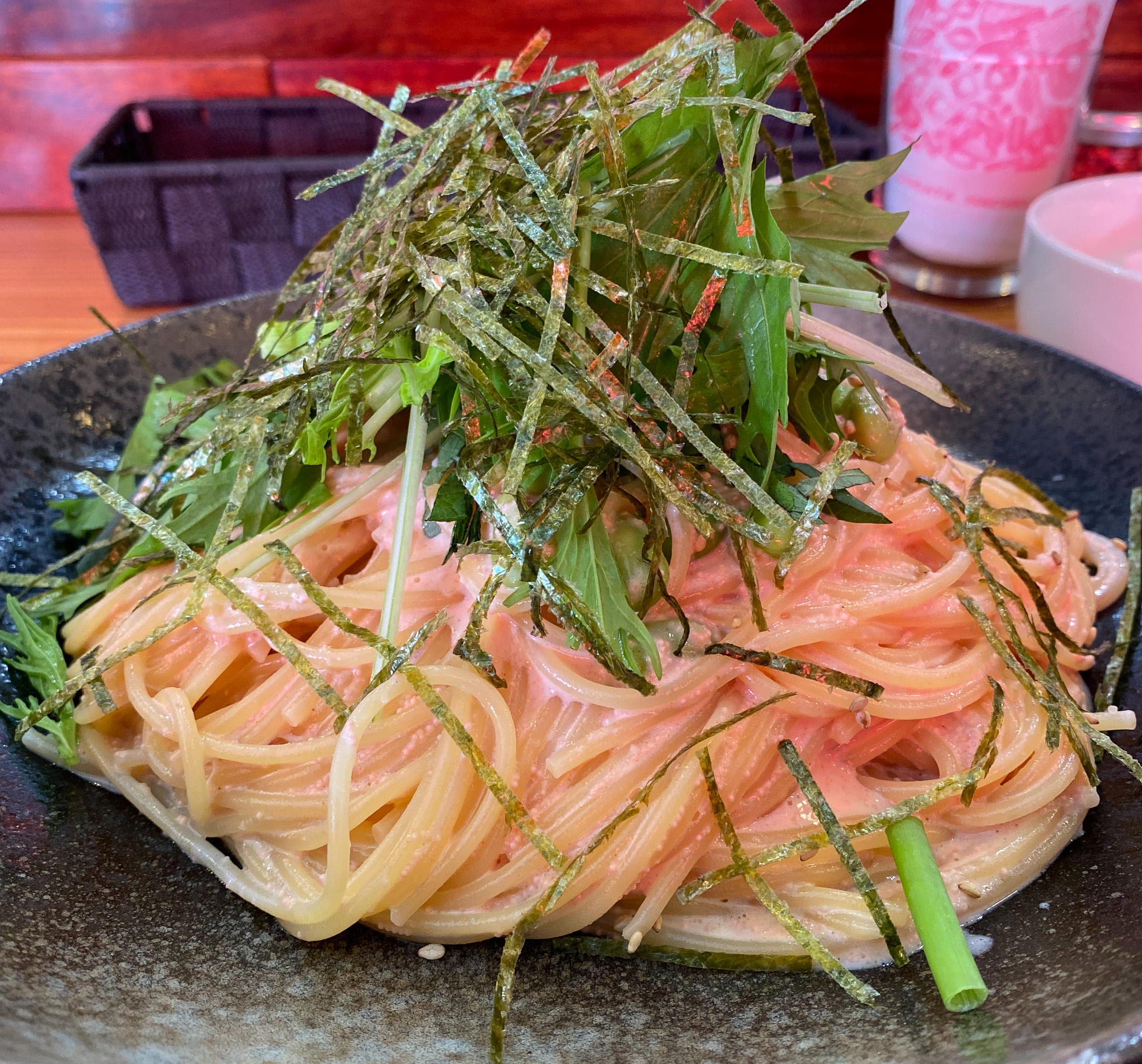
Interview with ceramic artist Kanako Ueshima (Hachioji, Tokyo)
Share
As Mount Takao was turning red with autumn leaves, I visited Kanako Kamijima at Jinba Plateau.
It is a mountain village located deeper in the mountains than Takao, and I heard that there are many animal attacks by monkeys, wild boars, deer, and other animals.
It was a wonderful place that made me realize once again that such abundant nature still exists in Tokyo.

Before I discovered pottery
I grew up near Jinba Plateau in Hachioji, Tokyo. My blood type is B (laughs).
My grandmother ran a pottery class on the Jinba Plateau, so I had the opportunity to work with clay from a young age, and there was also an attached gallery, so I grew up watching my grandmother make things.
I entered the Department of Environmental Design at Tama Art University and studied architecture and interior design.
After graduating, I worked for a company for 10 years, designing houses, commercial facilities, furniture, etc., and I was proficient in using 2D CAD and drawing blueprints by drawing straight lines.
Before I turned 30, I started doing pottery in my grandmother's studio while working.
He began making things by hand-forming, and wanting to improve his skills, he searched for pottery classes, where he had a fateful encounter with the ceramic artist Tsuyoshi Hotate.
Wanting to focus more on pottery, he quit his job in Tokyo and started working at the local city hall while attending classes to learn the basics, and devoted himself to pottery in his own studio. Five years later, he realized he was able to create large works of art measuring over 50 centimeters in diameter.
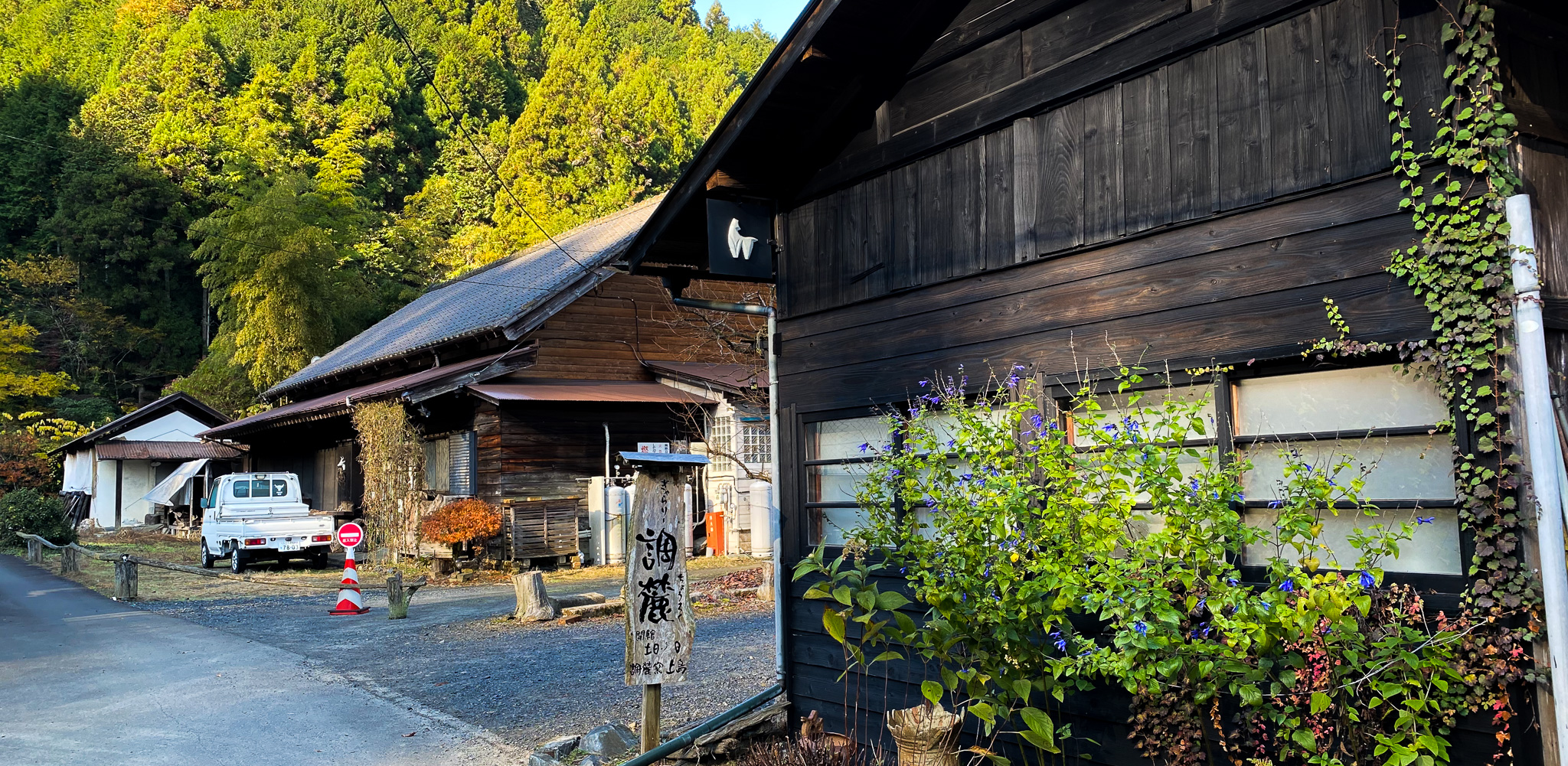
Please tell me about the four seasons in Jinba Highlands.
Spring is over in the blink of an eye (laughs).
The light is brilliant and the leaves start to turn a pale green and turn fresh in May, making this the most beautiful time of the year.
Summer is not that hot and air conditioning is only needed very rarely, making it relatively comfortable compared to the city. However, this is the season when centipedes and other insects become more common, and even locals sleep under mosquito nets.
In autumn, since it is in the mountains, the sun comes out at 10 or 11 in the morning and goes dark by 2 pm, but the autumn leaves are beautiful.
This is the time of year when there is the most damage from wild animals, so we have set up traps and electric fences everywhere (lol), but the monkeys know the area well, and wild boars, deer, moles, and other animals also frequently visit!
Winter is a long season. Every house needs a wood stove and a kerosene stove, and we have to be prepared for temperatures as low as minus 10 degrees Celsius. The end of December to January is the coldest...
As for life itself, as long as you have a car it's not at all inconvenient, and overall it's a nice place.
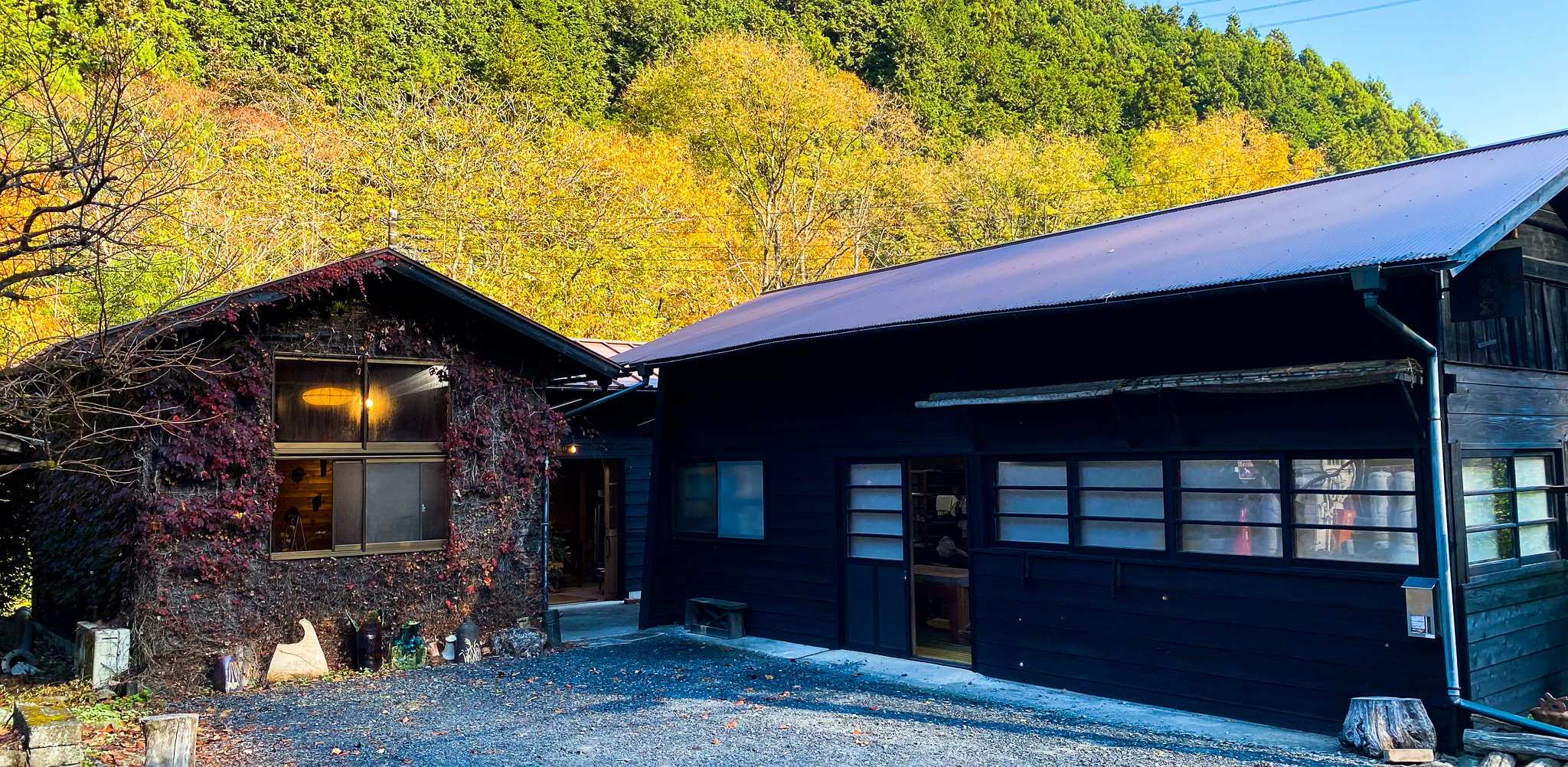
Opened Chorogama kiln at the foot of Mount Jinba
In 2020, she became independent and opened the atelier "Chorokugama", which she inherited from her grandmother.
The area around here is called "Choroku," and the name was replaced with "Yamafuku no Melody," retaining the rhyme. It is also the name of the studio my grandmother gave it.
Soon after I opened the kiln, I was approached by a local plant shop and asked to make a flowerpot. Since then, I have been making flowerpots consistently, and I was surprised to find that by making flowerpots, I have been able to make connections that are completely different from the vessels and flower vases I had made up until then.
"Chorokugama" is about a 30-minute bus ride from Takao Station and a 2-minute walk from there, so please come and visit us (reservations required).
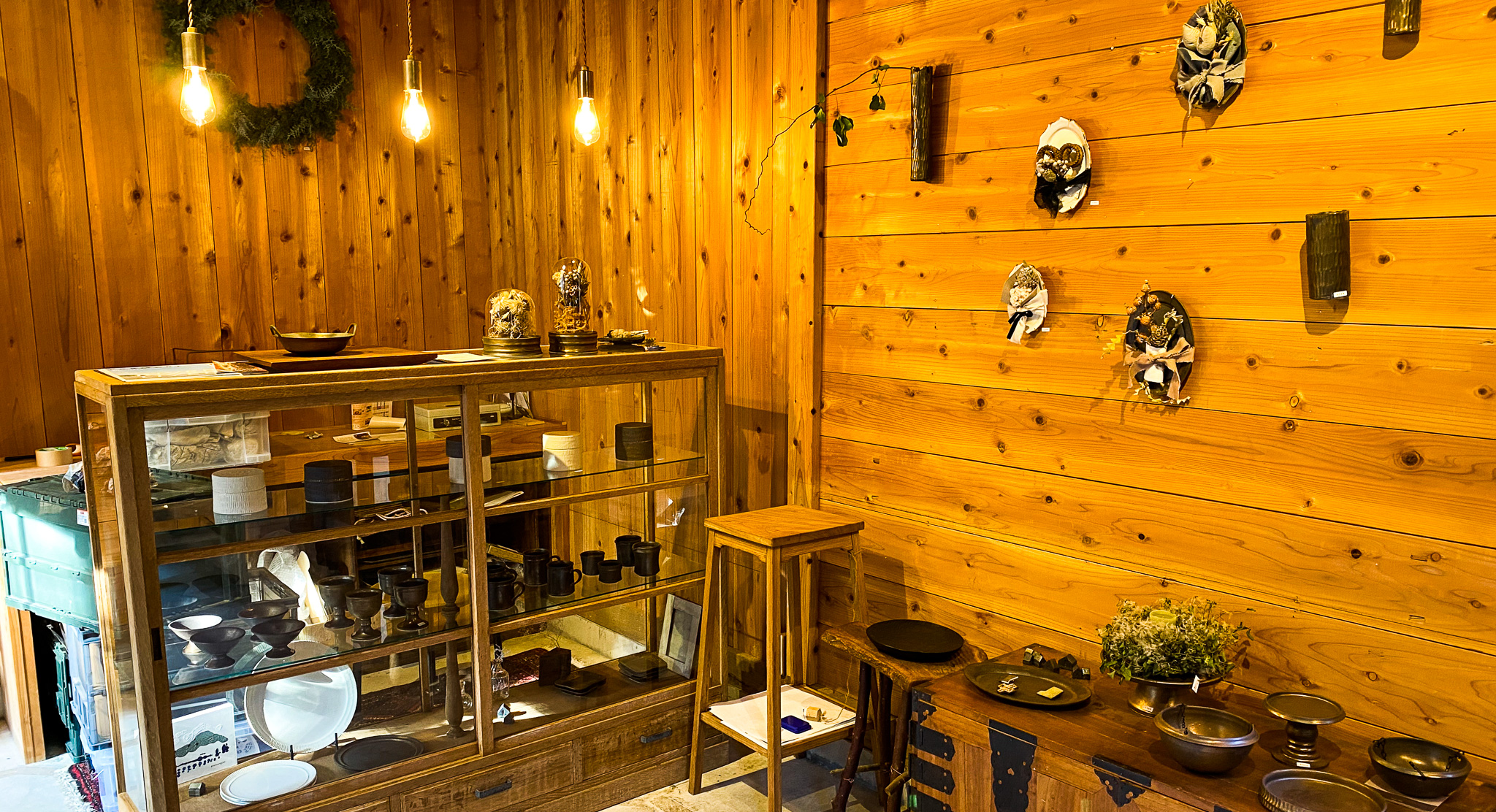
About the production process
I purchase clay from Kyoto and other places that is easy to work with, and mix it with white and black clay to use different clays depending on the piece I'm making.
Basically, I use an electric potter's wheel to shape each piece individually. I think I use a lot of clay, but I try to shape it in a way that doesn't require too much carving.
After molding, we dry it and then carve it while imagining what it will look like after it is finished.
The bottom part is carved so that there are three raised areas, and the size of the drainage holes is decided with the plants in mind. It is characterized by its sharp carvings and ridges. The ridges in particular are carved carefully with a spatula.
Once the piece is completely dry, it is bisque fired in an electric kiln. After bisque firing, a water repellent is applied to the base, and the glaze is poured over so that it drips naturally.
There are two types of glazes based on the original recipe, broadly classified as "gold" and "black."
I call pieces that are closer to gold "bronze glaze" and pieces that are closer to black "manganese glaze," and I decide which glaze to use depending on the piece. I mold bronze glaze pieces with white clay, and manganese glaze pieces with black clay. I'm still researching day and night, improving my recipes.
I like the color gold, and I'm wearing a khaki down jacket today (lol), but I started out wanting to make something that looked golden!
The final firing is done in an electric kiln at 1240℃. It takes 3 to 4 days for the piece to cool completely, but once it is taken out and processed, it is finally complete.
The processing involves sharpening the ware with a whetstone and washing it, and the dishes may also be painted with vegetable oil.
Making ceramic flowerpots is highly decorative, there is a lot of freedom in the shape, and you can be adventurous with the design, so I really like the feeling that it gives me freedom!
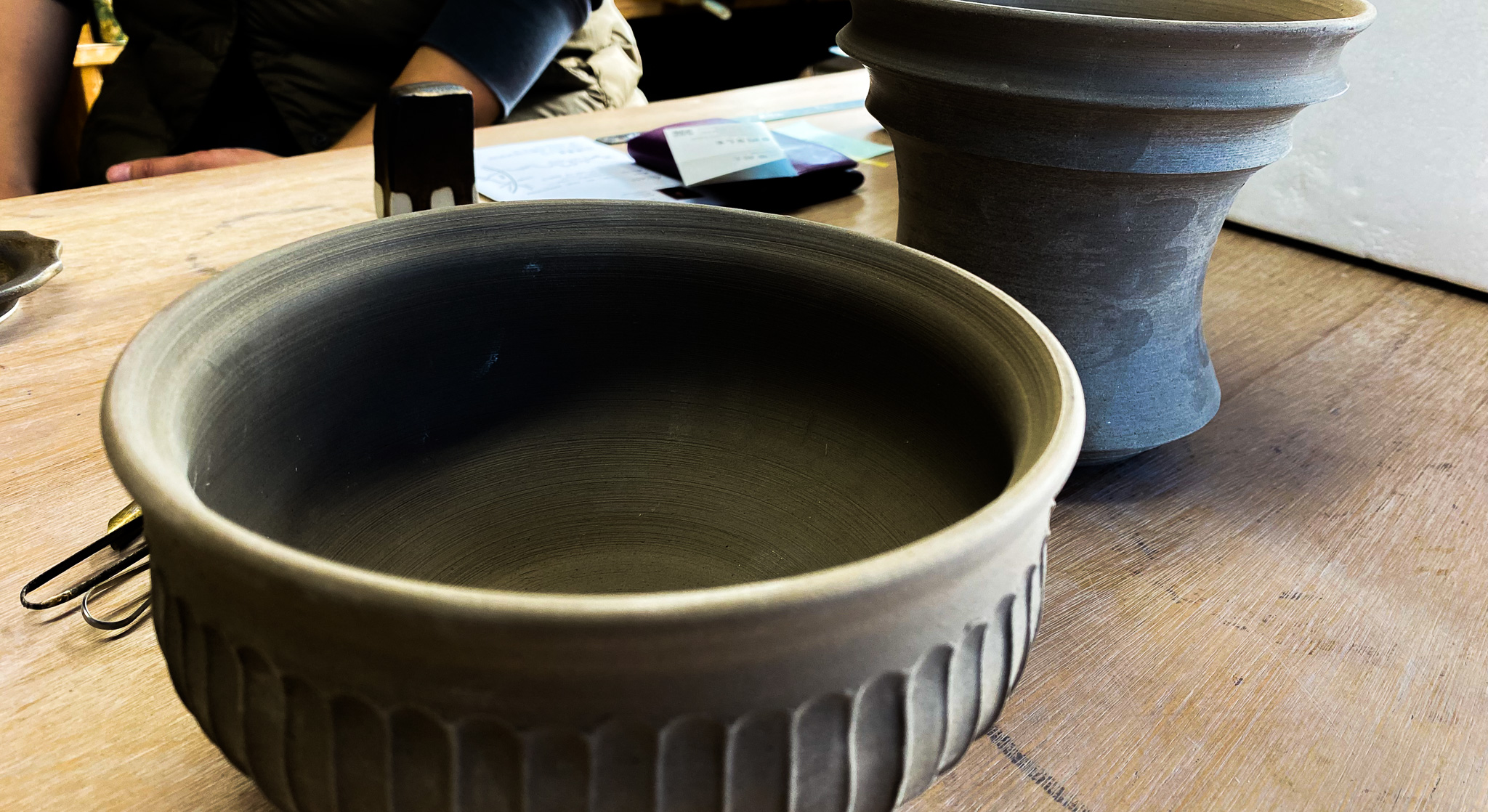
I have the impression that they often set up booths at events.
I am grateful that I am often invited to set up stalls at events, but next year I would like to take part in craft fairs and other events on my own. I would like to take part in some kind of event about once a month.
OMBLE : Thank you very much for reading to the end.
Kanako Kamijima is an independent potter who creates pottery in a beautiful studio that still retains the warmth of her grandmother, who was likely a kind and generous person.
I felt that this sharp, bold and powerful piece expressed Ueshima's liberated freedom.
The nearby Italian restaurant you recommended is absolutely delicious, so if you're in the area, be sure to stop by.
